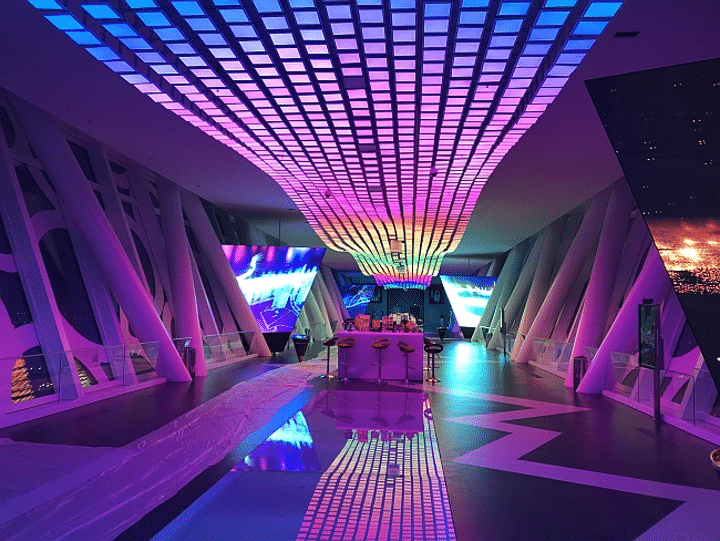Light has the power of manipulating the spectator’s mind and creating visual effects. In fact, light can be used to enhance certain architectural details, improving the experience of space and making it more unique. This is what is normally called Architectural Lighting.
There are many aspects involved in how light can be an architectural instrument and a powerful one for that matter!
While we mostly talk about combining architecture and technology in order to balance design and functionality, other considerations may be desirable, like physics, art, and even psychology (how will the lighting have an impact on the viewers in terms of emotions and feelings).
We will start from the beginning trying to understand the importance of architectural lightning in the way we experience buildings and structures.
Defining Architectural Lighting
Light plays a huge role in the way buildings are perceived. Not only it affects how beautiful things are in people’s eyes, but the lighting of a building can also have emotional power, enhancing or modifying the way people experience a space.
Light can draw attention to certain details in a space, it can also enhance purpose, and it can even promote certain feelings, which is what has been done for centuries in theatre, right?
While lightning has always been a part of architecture, maybe its value and importance were underestimated for some time. We know now how much power can light bring to the picture, so much so, that even ruins and very old buildings have been revitalized with new lighting fixtures that enhance their original details and provide a more emotional experience for visitors.
Today, there is a standalone profession, architectural lighting designer, dedicated to the planning of how the light will be used in a particular building or structure.
What is the purpose of Architectural Lightning?
Architectural lighting has a lot to do with purpose and how can light improve a task or an experience. Why highlight certain areas or create certain feelings?
A very simple example is thinking of your spaces and what do you need to do in each one. In the bedroom, you may want focused light, maybe to read in bed, but you would probably prefer a more relaxing ambiance lighting around the room. In the kitchen, you probably want to see your counter where you cook, while in the family room you may want more discrete lighting that feels cozy.
This is what architectural lighting is for, heightening the function and providing a medium for a certain mood.
Architects must consider an array of aspects, like if the lighting is for indoor or outdoor spaces, the color of the light, obviously function, and also the impact on the living situation.
Aesthetic, function, and efficiency
When talking about architectural lighting, three aspects are involved and have a role in deciding what type of lighting to use or where to install it.
Aesthetics refers to the building itself. Is it residential? Historical? Commercial?
Functionality is obviously what’s the purpose of this building related to the light fixtures. Architects must ask themselves what are the parts they want to highlight, as well as what are they trying to achieve: more concentration at work? A relaxing environment? Or maybe a fun one?
Finally, we cannot ignore a side that has had a huge impact this century: efficiency. If we talk about energy, most architects and designers now are trying to build greener and more efficiently. And that is no exception when it comes to architectural lighting. Light has to have a purpose, be evenly distributed, and be used smartly.

